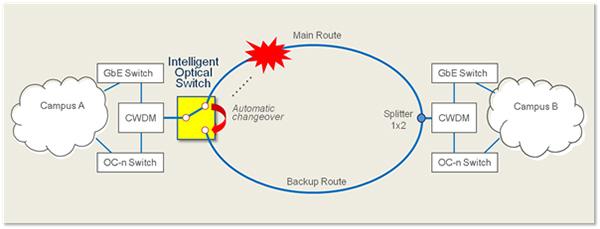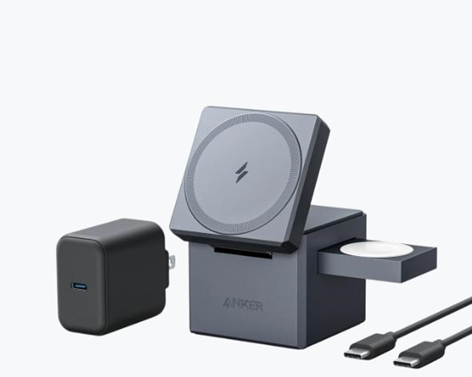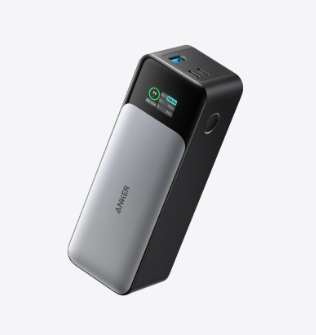Intelligent optical network
Business Type
ASON business has several aspects:
SDH service, supporting G.707 defined SDH connection particles VC-N and VC-N- XV;
OTN service, support G.709 defined OTN connection particles ODUK and ODUK-N-XV;
transparent or opaque optical wavelength business;
10MB / s, Ethernet services of 10MB / s, 10GB / s;
Based on Fiber Connection (FICON), Enterprise System Connection (ESCON) and Fiber Channel (FC) storage Network (SAN) business.
ASON has scalability to the new business type. ASON can support multiple types of business models, each business model has its own business properties, target markets and business management requirements.
Service Connection Topology Type
To support enhanced service (such as bandwidth on-demand assignment, diversity circuit assignment, bundle connection, etc.), ASON should support the separation of calls and connection control . The separation of calls and connection control can reduce the call control information of the intermediate connection control node, remove the heavy burden of decoding and explaining the message. The connection topology type supported by ASON includes: a bidirection point to point connection, one-way point-to-point connection, one-way point to multipoint connections.

Since the call and connection are separated, a call can correspond to multiple connections, and the current bidirectional point-to-point connection is the most important connection method.
Service Connection Type
ASON network supports 3 business network connection types: Permanent Connection (PC), Switching (SC), soft permanent connection (SPC).
PC and SPC connections are managed by management planes. The difference between PC and SPC is that the establishment of a connection in the optical network uses network management commands or real-time signaling, both of which are created by operators.
SC Connection is initiated by UNI signaling interface, and the user's service request is sent to the operator by controlling the Uni of the plane (including the signaling agent), which is directly established by the user directly to establish a service connection.
Business Level
The current transmission network cannot formulate corresponding tariff policies in accordance with the service level, causing waste of resource allocation, while the ASON network can easily divide the priority of the business circuit. Thereby providing a transport service circuit with a service quality protocol (SLA). Customers have different reliability of different connections, which can be expressed by "business level". In the ASON network, the business level is mainly implemented by mapping the priority of different recovery, protection options, and related connections, such as establishing a priority (whether it can be pre-contracted) and restore priority.
Establishing priority is mainly referring to the establishment of the business, which is established in the day, hour or minutes.
Keep priority (whether it can be pre-contracted) mainly refers to whether the system will be idle to carry more important business when other system failures occurs, and the business connection itself is protected.
Recovery priority is the recovery time and recovery level (such as recovery service percentage) when considering the system's failure.
map a single business level to a series of protection, recovery options, each operator has a different choice. The control level supports the settings based on each connection link priority and supports the route to normalize the bandwidth resource reservation as a resume and failure repair. Generally supported service connection levels include: dedicated connections (1 + 1 and 1: 1), shared protection (1: n, and m: N), do not protect (transmitted on the main circuit), not protecting the service (in protection circuit Upload), etc.
Business Access method
In order to access the service to the ASON network, the user first needs to establish a physical connection with the carrier network on the transfer plane. According to the location of the operator network and the customer, the service access can take the in-room access (the optical network element and the client network element is one place), the direct remote access (has a dedicated link to the user end), via Remote access and double return access in the subnet.
ASON must support a double return. Multiple addresses should not be required for the same customer equipment, and multiple addresses should be required. Double return access is a special case of access. The main purpose of using the double return access is to enhance the survivability of the network. When an access fails, the customer's business can rely on another access without interrupting. The client device can access the core network / operator in a two-way manner (two different paths).
From a security perspective, network resources should avoid unauthorized access, business access control is limit and control entity to enter the mechanism to access network resources, especially through UNI and external network node interface (e -Ni). The connection receiving control (CAC) function should support the following security features.
1.CAC is suitable for all entities that are accessible to network resources via UNI (or E-NN). The CAC includes entity authentication capabilities to prevent preferences from using network resources by pretending to fractive another entity. The already certified entity will give a service access level according to the configurable policy management.
2.Uni and network node interface (NNI) to provide mechanisms to ensure customer authentication and link information integrity, such as link establishment, demolition, and signaling information for connection management and prevention Business invasion. UNI and E-NNi should also include CAC-based application billing information to prevent forgery of connection management information.
3. Each entity can utilize network resources through the authorization of operator management strategies.
Latest: Military aerospace technology








